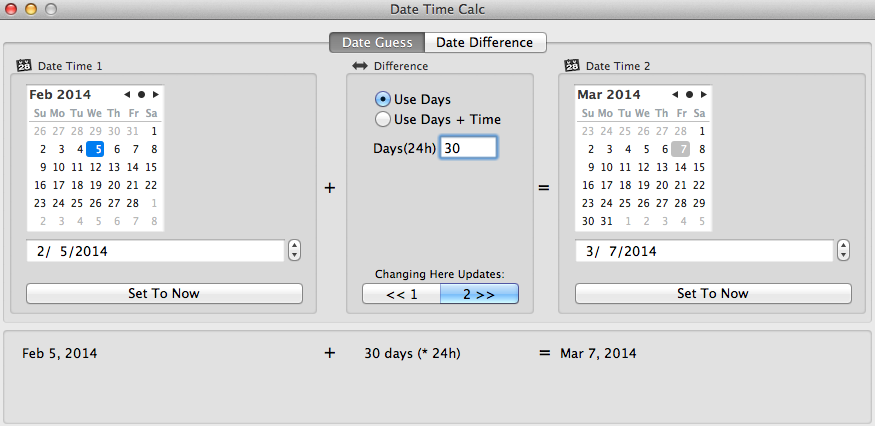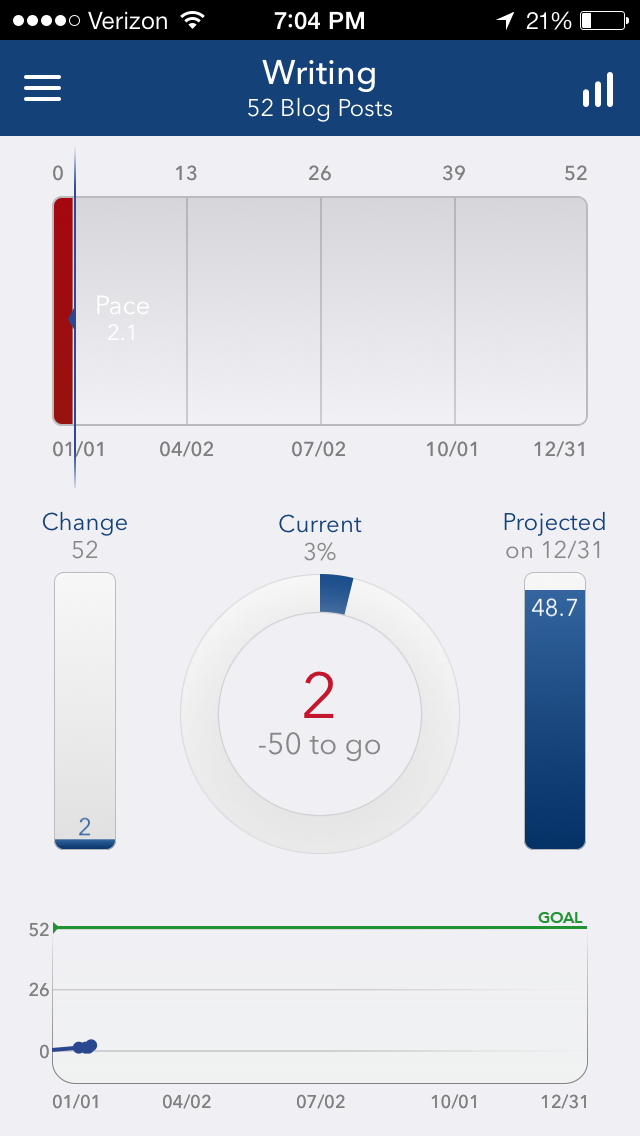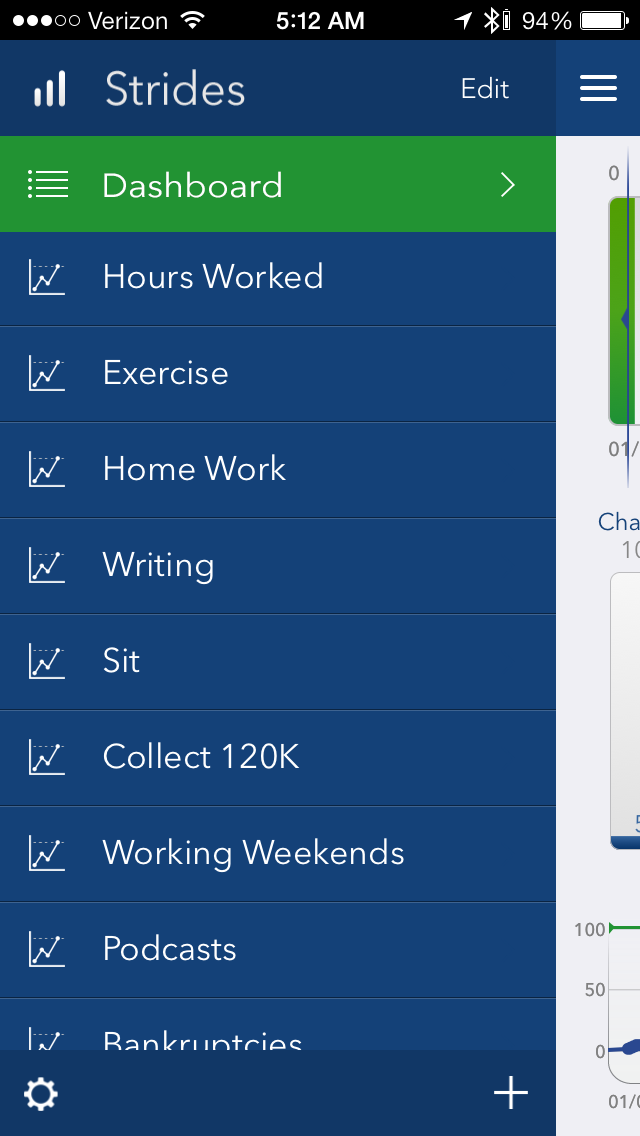***Read an update to this essay (after reading this essay) that offers typography samples and actual words-per-page math. Thank you to Kentucky Justice Association for printing this in The Advocate***
This is an essay about typography.
What is typography? Basically, it’s how letters and words appear on the page, how individual words and chunks of text fit together. As lawyers, our livelihoods depend often on chunks of text. The thesis of this article is that small typographical improvements in your resumes, letters, briefs, and presentations can make a dramatic difference in your ability to effectively communicate and persuade.
Better typography improves your chances in mediations, in court, and in trial.
I need to make two points before I even get started. First, and perhaps already obviously, I am a nerd. How much of a nerd? I still own a 20-sided die. The best way to get me to corner you at a party is to mention in an offhanded way that you need to get a scanner (at which point, I will rhapsodize about the Fujitsu Scansnap 1500 for 20 minutes as the ice melts in your cocktail). As you will see, I’m the kind of nerd who can’t resist making a reference to Weird Al Yankovich’s cult classic UHF even in an article in which I hope to impress my peers.
I’m the kind of nerd that says, “Hell, yes!” when I discover that some typeface-designer-turned-lawyer has written a book about typography and the practice of law. This is my second point: almost everything I have learned about typography I learned from Matthew Butterick and his excellent website, http://typographyforlawyers.com and book, Typography for Lawyers. Butterick is a Harvard-trained typeface designer and a graduate of UCLA's law school. So, he’s kind of in his wheelhouse on the subject of typography for lawyers.
I recognize that not everyone has attained the same nerd heights as me and may not want to read an entire book about typography. This is an attempt at a summary. Still, I highly recommend getting the book. I refer to it each time I write a brief. It contains great examples of before and after improvements to business cards, resumes, correspondence, and legal briefs. Further, it contains detail that can only be captured in a book; Butterick explains the proper use of em dashes and en dashes and hyphens, the nuances of non-breaking spaces and non-breaking hyphens, the dark art of letter spacing. So, get the book.
Plaintiffs attorneys would do well to adopt better typographical practices now rather than later. Law schools across the country are using Butterick’s book as part of their legal writing curriculum. The federal clerks who are reading your briefs will know the best typographical practices and will judge you and your failure to adopt them. Further, as I mentioned above, better typography produces briefs, letters, and exhibits that are easier to read and therefore more likely to be read and understood.
Plaintiffs attorneys have a brief window in which adopting better typography will provide us with a subtle advantage. The defense bar will eventually adopt better typographical practices and then our failure to use them ourselves will disadvantage us and our clients.
So, let’s get started on improving our work product with better typography. I will begin with some practices that will improve all of your documents, including your briefs, and then discuss the impact of court rules regarding margins and line spacing in briefs.
Use One Space after Punctuation
Modern typographical best practices flow from an appreciation of a fact that has eluded many attorneys: we have computers now, not typewriters. We learned to type (or our typing teachers learned to type) on typewriters that used a monospace font. That is, every letter, whether it’s a fat “m” or a skinny “i”, was stamped on a piece of metal that was the same width as all the other characters. Using two spaces after punctuation in a monospace font is acceptable (but even there, unnecessary). On computers, however, we are blessed with proportional fonts–fonts with varying letter widths. Using two spaces after a proportional font is a vestige of our days from the typewriter. It is, as Butterick says, “an obsolete habit”. As he says in his book and website:
Some topics in this book will involve discretionary choices. Not this one. Always put exactly one space between sentences. Or more generally: put exactly one space after any punctuation.
One space. Period.
Okay, with that sacred cow slaughtered, let’s move on…
Use Bold or Italic Type for Emphasis
Do not use underlining. Again, underlining is a vestige from our typewriter days when there simply was no other option but to use underlining to add emphasis. Bold type and italic type just weren’t available on typewriters. Bold and italic type are the typographical equivalent of the electronic unlocking mechanism on your car. When was the last time you actually unlocked your car with your key?
Use better tools: bold and italic typefaces are more elegant and less disruptive to the eye than underlined text.
Justify Your Text on the Left
There’s really not much to this rule except to say that studies have shown that left-justified text is easier to read than text that is justified on both sides. In a left-justified document, the reader’s eyes use the nonuniform breaks along the right side of the page as a subtle guide to find the beginning of the next line of text.
Unlike the two previous rules, you do not have to stop justifying your text on both sides if you don’t want to. Know that you are making your reader’s job more difficult, but justifying on both margins is still acceptable practice. If you justify on both sides, however, you are required to turn on hyphenation in your word processor. Hyphenation will help you avoid the unsightly gaps in text that can occur in documents justified on both sides. These gaps, like the double spaces after periods, are little tiny speed bumps for the reader’s eyes as they travel across the page.
Look, I should probably be explicit about this now that I’ve used the phrase “little tiny speed bumps for your reader’s eyes”: I write my briefs with the understanding that judges and their law clerks are drinking from the fire hose. Like little Joe Miller in UHF, judges and law clerks found the marble in the oatmeal and now their reward is to read tens of thousands of pages of lawyers’ briefs each year. My baseline assumption about my audience is that they are drowning and are looking for basically any reason to stop reading my brief. Given this assumption, a lot of “little tiny speed bumps” in my brief are a really big problem for me.
Use a Nice Font
Fonts are what most people think of when they hear the word “ typography”. I hope my ranting so far has given you a sense that fonts (technically, typefaces) are just a small element of good typography.
Consider investing in a nice font. Butterick has designed a typeface, Equity, to meet the special needs of attorneys. It is polished, tight, and its italic is beautiful. Seriously, I find myself trying to find reasons to italicize words when writing with Equity. It’s available for purchase on his website. He also has recommendations for replacements for your Times New Roman and other common system fonts that are preinstalled on your computer and make your work look like everyone else’s work.
Avoid All Caps
Many attorneys rely on ALL CAPS as a way to emphasize their most important points and in the headings of their briefs. This is not a useful practice. ALL CAPS IS ACTUALLY HARDER TO READ than regular text. Butterick allows for a single line of all caps text, but no more. Personally, I try to avoid it whenever possible.
A BOLDED, UNDERLINED, ALL CAPS HEADING is just an invitation to your reader to skip past it.
On a related note, if you have a case which involves the question of whether a provision in a contract is clear and conspicuous, Butterick is available to serve as an expert witness. I think his services would be especially useful in consumer cases which involve contracts that contain paragraph upon paragraph upon paragraph of all caps text. The science is in: this text is difficult to read.
Every court promulgates rules regarding typography. These rules are designed to promote fairness, uniformity, and legibility by forbidding attorneys from engaging in the worst typographical practices in an effort to squeeze more words onto a page. These rules have their most dramatic impact on line length (margin rules) and line spacing (the requirement that the lines be double-spaced).
Shorten Your Lines Outside of Briefs
“Shorter lines are easier to read than longer lines,” says Butterick. Ideally, your line will be between 45 and 90 characters, including spaces. Most courts in Kentucky require one-inch margins on both the left and right. (The appellate courts require 1 1/2" margins on the left.) At these margins, your 12-pt Times New Roman line is going to have more characters than the recommended maximum of ninety. Outside of lobbying for a rule change, there’s nothing you can do.
Move on to something you can fix: your line lengths in your letters, interoffice memorandum, and presentations. For me, shortening my line lengths was a revelation; this small change led to an immediate improvement in the look and readability of my letters.
Use True Double Spacing for Better Briefs
The ideal line spacing is 120–145% of your font size. That is, if you are using a 12-point font, you should set your line spacing between 14.4 and 17.4. Personally, for my out-of-court documents, I use 15-point spacing. It provides a little more space between the lines than the “single spacing” setting (which makes words look cramped and is difficult to read).
Most courts require us to double space our briefs. CR 76.12(4)(a)(ii) requires us to use “black type no smaller than 12 point” and typing that is “double spaced and clearly readable.” The court’s requirement to double space your briefs does not mean, however, that you just go into Microsoft Word and pound the “double space” button. True double spacing for a 12-point font means setting your line spacing at “Exactly” 24 points. Using Microsoft Word’s default “double space” will give you line spacing greater than 24 points–about 15% greater, in fact. This translates to having 2–3 fewer lines on a 8 1/2“ x 11” page.
In other words, if you are using Microsoft Word’s default “double space” setting for your pleadings, you are hurting yourself in two ways: 1) you are making your document less legible by putting more space than ideal between your lines and 2) you are making your document longer than it needs to be. Because our courts set maximum page limits (rather than word limits), this means you are giving yourself (and your client) fewer words to explain your position than you would otherwise have available to you.
How many times have you been on page twenty-six and need to slim a brief down to twenty-five pages? True double spacing will give you more words and those words will look better on the page.
There: I just gave you a way to be more verbose than you already are. For that and for all the other typographical wisdom (cribbed entirely from Matthew Butterick), you’re welcome.
Sometimes it pays to know nerds.






